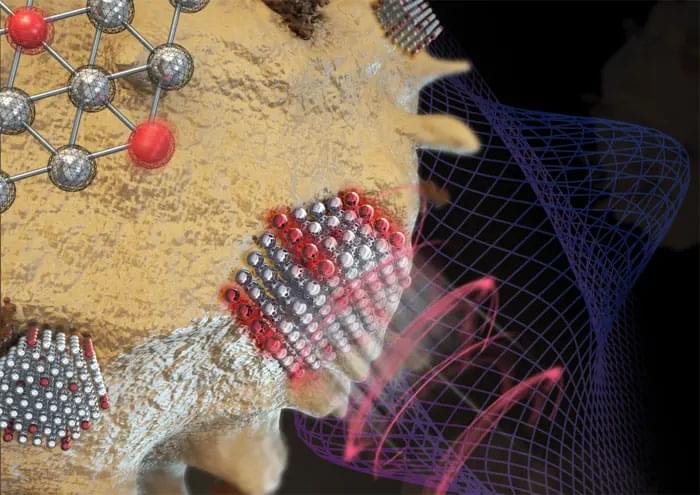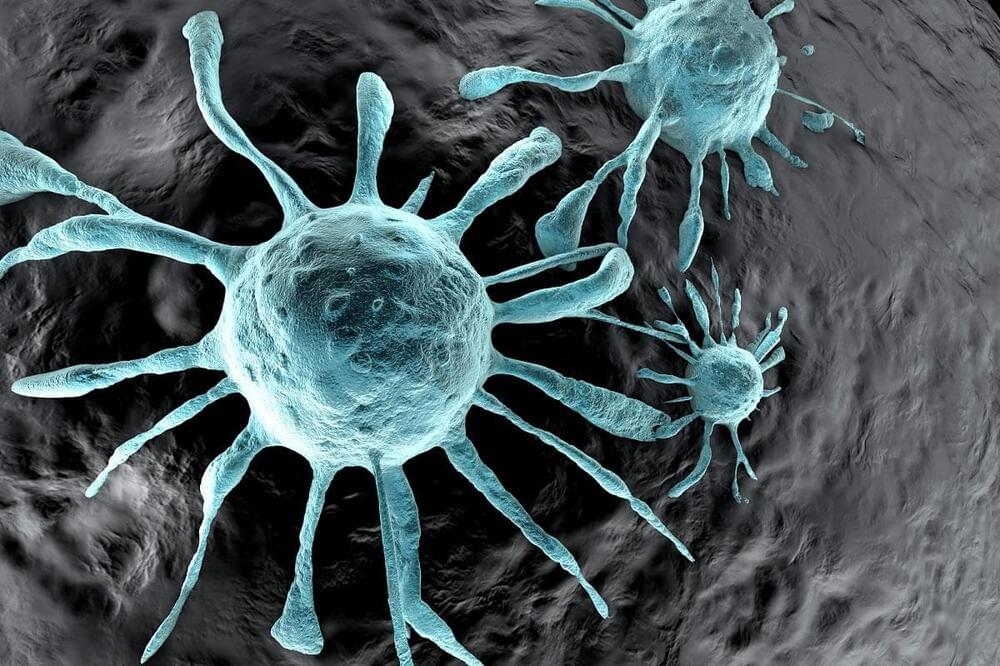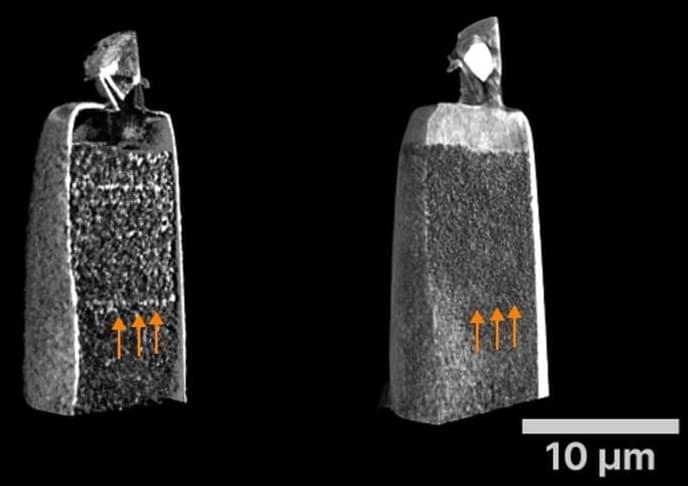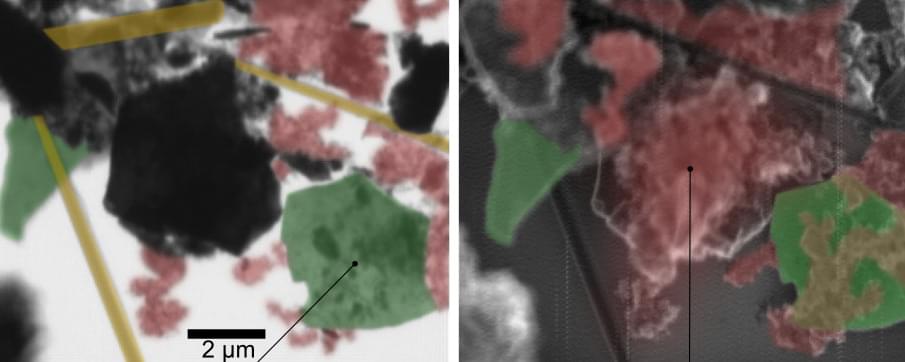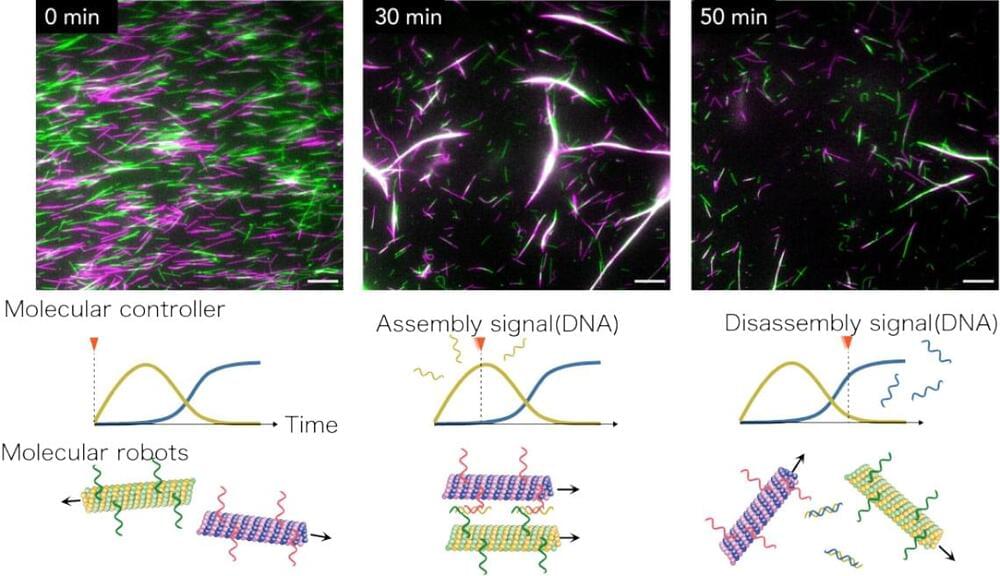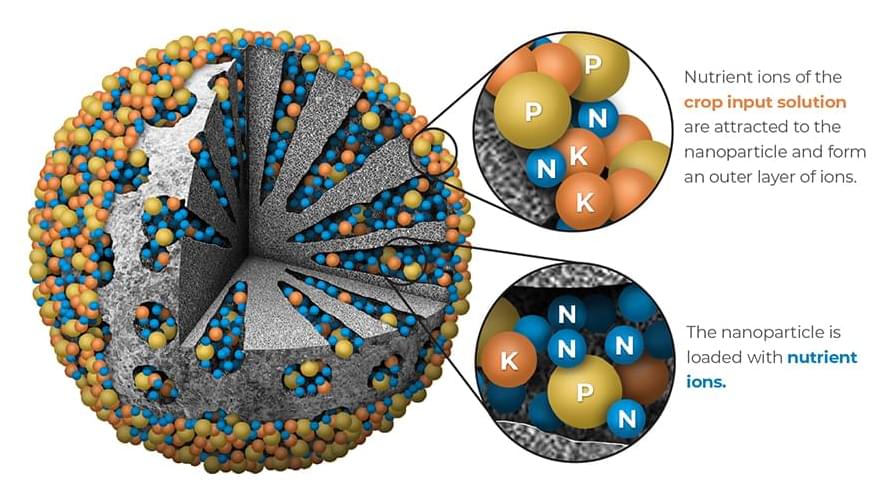Jun 21, 2024
Breakthrough in nanoscale force measurement opens doors to unprecedented biological insights
Posted by Dan Breeden in categories: biotech/medical, nanotechnology
Groundbreaking research has revealed a new way to measure incredibly minute forces at the nanoscale in water, pushing the boundaries of what scientists know about the microscopic world.
The significant nanotechnology advance was achieved by researchers from Beihang University in China with RMIT University and other leading institutions including the Australian National University and University of Technology Sydney (Nature Photonics, “Sub-femtonewton force sensing in solution by super-resolved photonic force microscopy”).
The new technique, involving a super-resolved photonic force microscope (SRPFM), is capable of detecting forces in water as small as 108.2 attonewtons – a scale so minute that it compares to measuring the weight of a virus.
